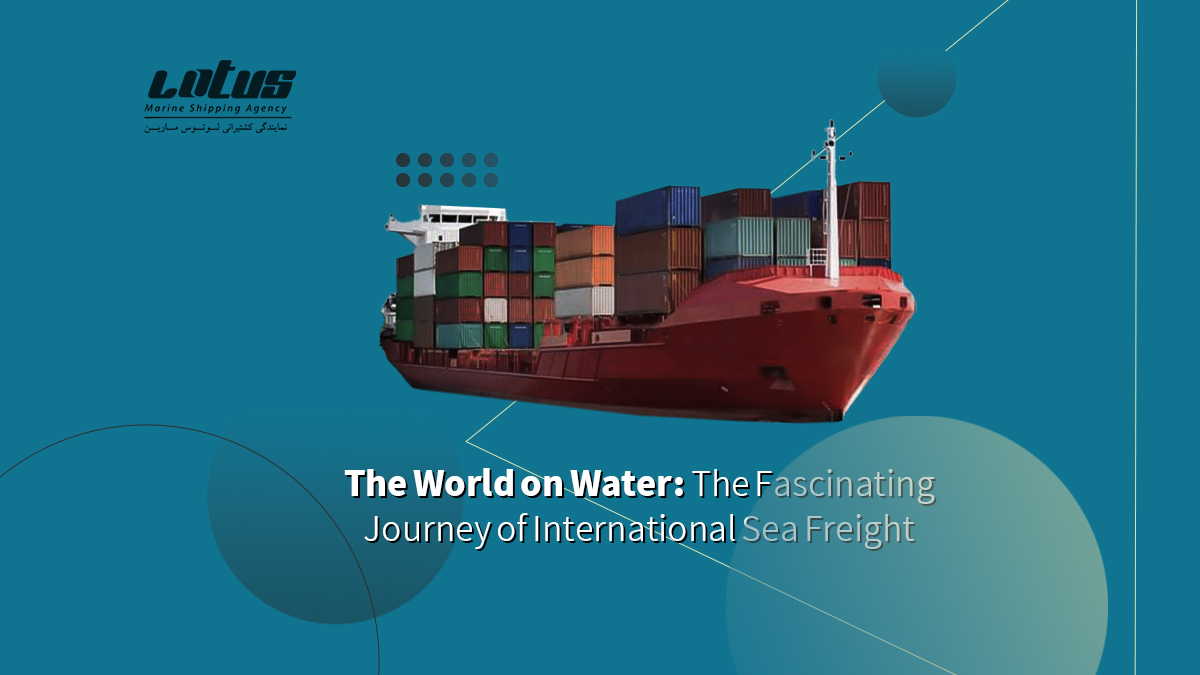Introduction
The vast, interconnected network of international sea freight serves as the unsung hero behind the seamless operation of the global economy. It is through the labyrinthine routes across the world’s oceans that a substantial portion of international trade occurs, enabling the exchange of goods ranging from everyday commodities to exotic luxuries. This article aims to unravel the complex world of sea freight, exploring its historical roots, the current state of affairs, and what future technological advancements might hold for this vital industry.
Historical Background
Pioneers of Sea Freight
The origins of sea freight can be traced back several millennia, to when early civilizations began exploring beyond their territorial waters, seeking trade and new lands. Over time, these primitive efforts evolved into the establishment of major trade routes, such as the legendary Silk Road, which not only facilitated the exchange of goods like silk and spices but also ideas and cultures. This segment will delve into how historical figures and events shaped the development of sea freight into a critical component of global commerce.
Modern Sea Freight
Main Sea Routes
In today’s world, the efficiency of sea freight is heavily reliant on a network of key maritime routes that include the likes of the Panama Canal, the Suez Canal, and the Strait of Malacca. These routes are crucial not just for reducing travel times but also for the economic viability of the shipping industry, allowing massive vessels to transport goods between continents with relative ease.
The Fleet
The modern shipping fleet is diverse, encompassing various types of ships designed to carry specific kinds of cargo. From gigantic container ships that can carry thousands of standard containers to specialized tankers designed for chemicals and liquid goods, and bulk carriers for raw materials like coal and iron, this section will provide a detailed look at the vessels that make up the backbone of global trade.
Technological Advances
The shipping industry has been at the forefront of embracing technological innovations, which have transformed how cargo is transported across the seas. From the integration of automated systems for navigation and loading to the use of blockchain technology for secure and transparent documentation processes, these advancements have not only increased efficiency but also reduced the likelihood of errors and delays.
Economic Impact
Contribution to Global Economy
The economic impact of sea freight extends far beyond the ships and the seas. It is a powerhouse that drives international trade, impacts oil prices, and affects the economies of countries around the globe. This segment explores how sea freight acts as an economic catalyst, stimulating trade and supporting millions of jobs worldwide.
Challenges and Risks
Despite its significance, the sea freight industry faces numerous challenges that range from logistical issues like piracy and shipping accidents to geopolitical tensions affecting international waters. This section will cover the myriad of risks associated with sea freight and how the industry manages these challenges.
Environmental Concerns
Pollution and Solutions
The environmental impact of international sea freight is significant, contributing to both oceanic and atmospheric pollution. However, the industry is responding with initiatives aimed at reducing its carbon footprint, such as the adoption of cleaner fuels and the development of more efficient engine designs. This part of the article will discuss the ongoing efforts to mitigate environmental damage while maintaining the efficiency of global logistics.
Future of Sea Freight
Emerging Technologies
Looking forward, the sea freight industry is poised to undergo further transformations with the advent of technologies such as autonomous ships and enhanced artificial intelligence systems for logistics management. These innovations promise to redefine the efficiency and safety of sea freight, potentially revolutionizing the way goods are transported across the globe.
Conclusion
International sea freight is a dynamic and essential industry that embodies the spirit of global trade. Its continuous evolution, driven by technological advancements and faced with various challenges, remains a critical subject of study and interest for anyone concerned with the future of global commerce.
FAQs
- What is the busiest sea route for international trade and why is it so significant?
- How are modern ships designed to contribute to environmental sustainability?
- What are the main types of cargo that are predominantly transported by sea and why are these preferred over other transportation methods?
- What security measures are essential in international sea freight to handle prevalent risks such as piracy?
- What future technological advancements are expected to have the most significant impact on the sea freight industry in the next decade?

